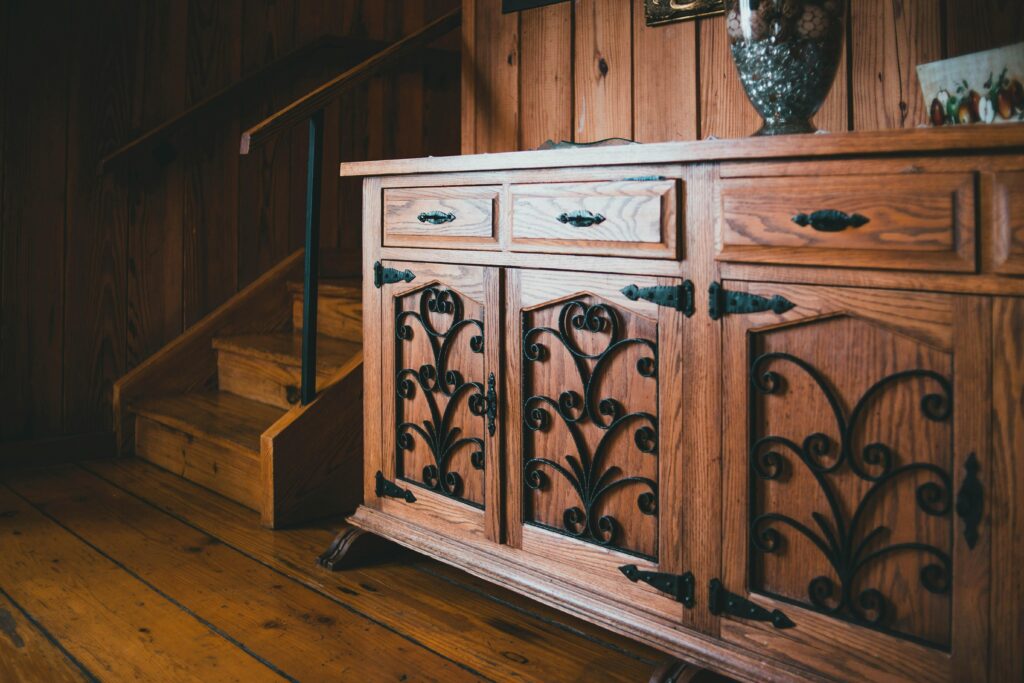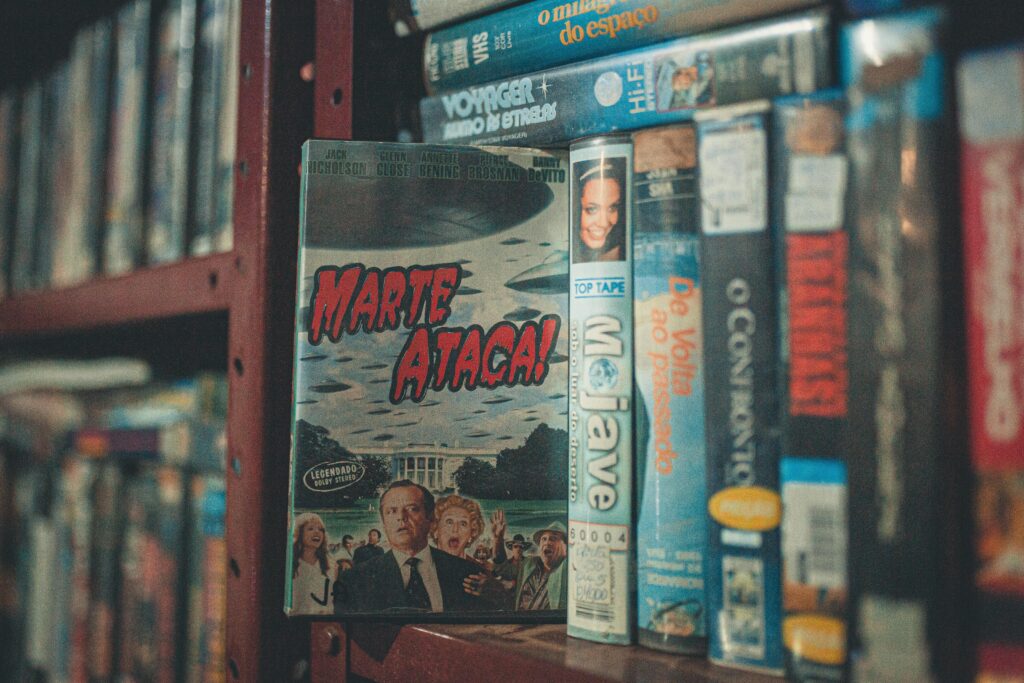Ever booked a historic vacation rental only to find the “charm” didn’t include Wi-Fi or even a decent cup of coffee? Yeah, we’ve been there too. Imagine paying top dollar for a 300-year-old castle, only to realize your phone is dead and there’s no way to charge it because the outlets date back to… never.
In this post, we’re diving deep into Heritage Property Amenities, why they matter, and how blending old-world charm with modern luxury can transform your stay. You’ll learn about common missteps, actionable steps to upgrade amenities, and real-life examples that prove adding the right perks pays off.
Table of Contents
- Why Heritage Property Amenities Matter
- How to Upgrade Your Historic Rental
- Best Practices for Balancing History & Comfort
- Success Stories from Heritage Vacation Rentals
- Frequently Asked Questions About Heritage Amenities
Key Takeaways
- Heritage property amenities bridge history and comfort, attracting more guests.
- Modern travelers expect conveniences like fast internet and smart tech, even in centuries-old spaces.
- Avoid over-renovating; preserve authenticity while upgrading functionality.
- Luxury touches, such as bespoke toiletries or curated local experiences, set your rental apart.
- Investing in the right amenities boosts occupancy rates and guest satisfaction scores.
Why Do Heritage Property Amenities Matter?
Pretend you’re standing inside a Tudor-style manor, sipping tea next to a roaring fireplace. Sounds dreamy, right? Now imagine realizing there’s no heating system beyond that one fireplace—and zero cell reception. Uh-oh.
“I once stayed at a gorgeous estate where the owner bragged about its untouched ‘authenticity,'” recalls Sarah P., an avid traveler. “Turns out ‘authentic’ meant no electricity after 10 PM. Romantic? Hardly.” This isn’t just anecdotal—we’re seeing trends shift dramatically toward rentals that mix charm with convenience.

Data shows that 87% of travelers prioritize amenities when booking accommodations. For historic properties, this means upgrading without erasing their story. Think heated floors hidden under antique rugs or USB charging ports disguised as vintage light switches.
How to Update Your Historic Rental (Without Ruining It)
Step 1: Assess Guest Needs
Optimist You: “Guests will love the quirks!”
Grumpy You: “They’ll hate it if they can’t stream Netflix.”
Start by surveying past guests or analyzing competitor offerings. Common requests include:
- High-speed Wi-Fi
- Kitchen appliances suited for modern cooking
- Luxurious linens and towels
Step 2: Invest in Smart Tech
Add discreet updates like voice-controlled lighting or thermostats. Bonus points if they blend seamlessly with original features!
Step 3: Offer Unique Perks
Besides basics, consider including:
- Locally sourced welcome baskets
- Guided tours of nearby landmarks
- Custom guides highlighting cultural significance
Best Practices for Blending Old & New
Here are some tried-and-true tips:
- Preserve Original Features: Keep crown moldings, exposed beams, and stained glass intact.
- Mix Materials Thoughtfully: Pair reclaimed wood furniture with sleek metallic accents.
- Maintain Functionality: Ensure every added feature works perfectly—no half-baked solutions.

Case Study: Turning a Crumbling Mansion Into a Booked-Out Gem
Take Castlewood Hall in Devonshire, UK—a crumbling relic until recent renovations transformed it into a five-star retreat. By preserving architectural details while adding luxe amenities like spa bathrooms and private chefs, occupancy soared by 150% within two years.
Skeptical? Compare these before-and-after stats:
| Before Renovation | After Renovation |
|---|---|
| 40% occupancy rate | 95% occupancy rate |
| No repeat bookings | 60% returning guests |
FAQs About Heritage Property Amenities
Q: What counts as a must-have amenity?
A: At minimum, offer reliable Wi-Fi, climate control, and quality bedding. From there, think about extras like smart TVs or outdoor firepits.
Q: Won’t upgrades ruin historical value?
A: Not if done tastefully! Modern additions should complement—not compete—with existing architecture.
Q: How much does upgrading cost?
A: Costs vary widely depending on scale but start small (e.g., $5k for updated lighting) and scale up strategically.
Conclusion
Finding the sweet spot between historic allure and modern comforts makes all the difference. Remember: “Authenticity doesn’t mean inconvenience.” Strike that balance, and watch your heritage property grow into a sought-after destination.
Pro tip: Avoid the classic blunder of over-renovating. One host mistakenly replaced hand-carved doors with cheap plywood ones—an unforgivable sin. Don’t be that person.
Final thought: Like a Tamagotchi, your SEO needs daily care—or else both die sad deaths.


